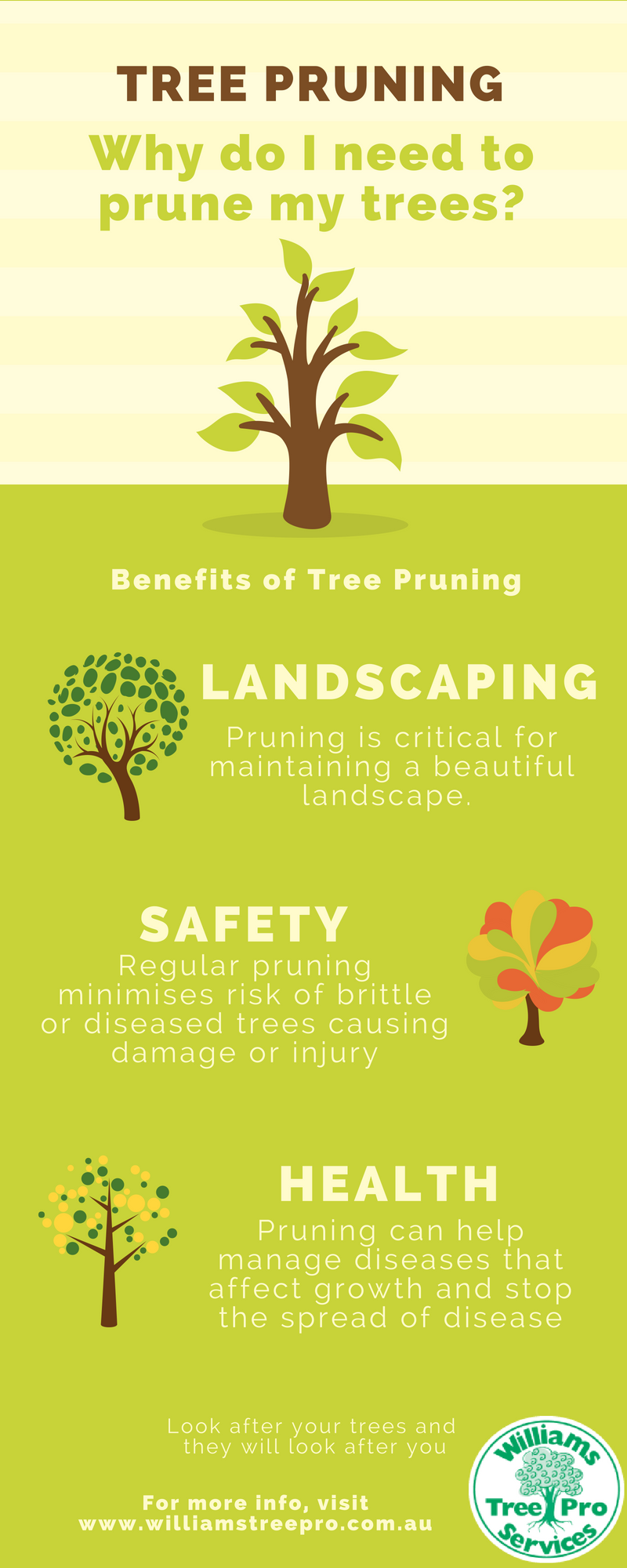Mastering Tree Pruning: Key Strategies For A Flourishing Landscape
Mastering Tree Pruning: Key Strategies For A Flourishing Landscape
Blog Article
Content By-
When it concerns developing a landscape that flourishes, mastering the art of tree pruning is a must. Picture being able to form your trees with precision, ensuring their vigor and elegance for many years ahead. By discovering the vital methods for correct cuts, timing, and structural training, you hold the secret to a growing outside room that will certainly impress all who encounter it. However how do maintenance and more of your trees and the general landscape visual?
Appropriate Trimming Cuts for Tree Health
When it involves maintaining the health and wellness of your trees, making correct trimming cuts is vital. Wrong cuts can result in disease, insect invasion, and overall tree decrease. To ensure the vitality of your trees, constantly start by using sharp, tidy devices to make precise cuts.
Begin by recognizing the branch collar, a puffy location where the branch attaches to the trunk. Reducing simply outside the collar aids advertise proper recovery and reduces the threat of infection. Avoid leaving stubs as they can welcome pests and illness into the tree.
Remember to make cuts at a small angle, sloping far from the trunk, to avoid water from merging on the wound. In addition, eliminate any type of dead, damaged, or crossing branches to improve air flow and sunshine penetration.
Timing and Frequency of Pruning
To preserve the wellness and structure of your trees, understanding the optimum timing and frequency of pruning is vital.
The best time to trim trees is typically during the dormant period in late winter months or very early springtime. Pruning throughout this period aids advertise brand-new growth once the tree starts budding in the springtime.
Nevertheless, some trees, like spring-flowering ones, are best trimmed right after they complete growing to stay clear of removing next year's flower buds.
garden tidy near me is essential, yet the frequency depends upon the tree species and its growth rate. For many trees, an annual examination to remove dead, diseased, or going across branches is advised. Young trees might call for even more frequent trimming to establish a strong framework, while fully grown trees may just require upkeep trimming every few years.
Avoid trimming during the loss when diseases are more quickly spread out, and avoid hefty trimming during the summer when the tree is actively growing.
Educating Young Trees for Framework
For establishing solid and healthy and balanced trees, training young trees for optimum structure is necessary. By forming a tree when it's young, you established the foundation for a sturdy and aesthetically attractive mature tree.
Begin by identifying the main leader, which is the major upward-growing branch. Encourage the main leader's growth by trimming away contending leaders, helping the tree develop a solid central trunk. Additionally, eliminate any type of branches that expand inward or downward, as they can cause structural issues as the tree grows.
It's important to space out lateral branches equally around the trunk to advertise well balanced growth. As the tree develops, continue to check its growth and trim as required to preserve its shape and structure.
Correctly trained young trees are less most likely to develop weak crotches or chock-full branches, lowering the risk of damages during tornados. Investing time in training young trees will settle with a perfectly structured and durable tree in the future.
Verdict
Now that you have grasped the necessary strategies of tree trimming, your landscape is on its method to growing. By using sharp tools, making precise cuts, and properly timing your trimming sessions, you are making sure the wellness and long life of your trees. Bear in mind to on a regular basis examine and preserve your trees to keep them growing. With your newly found knowledge, your landscape will continue to expand magnificently for several years ahead. Maintain the magnum opus!
